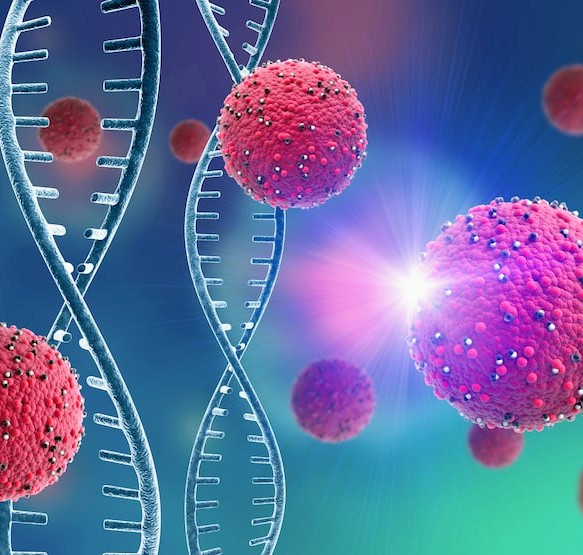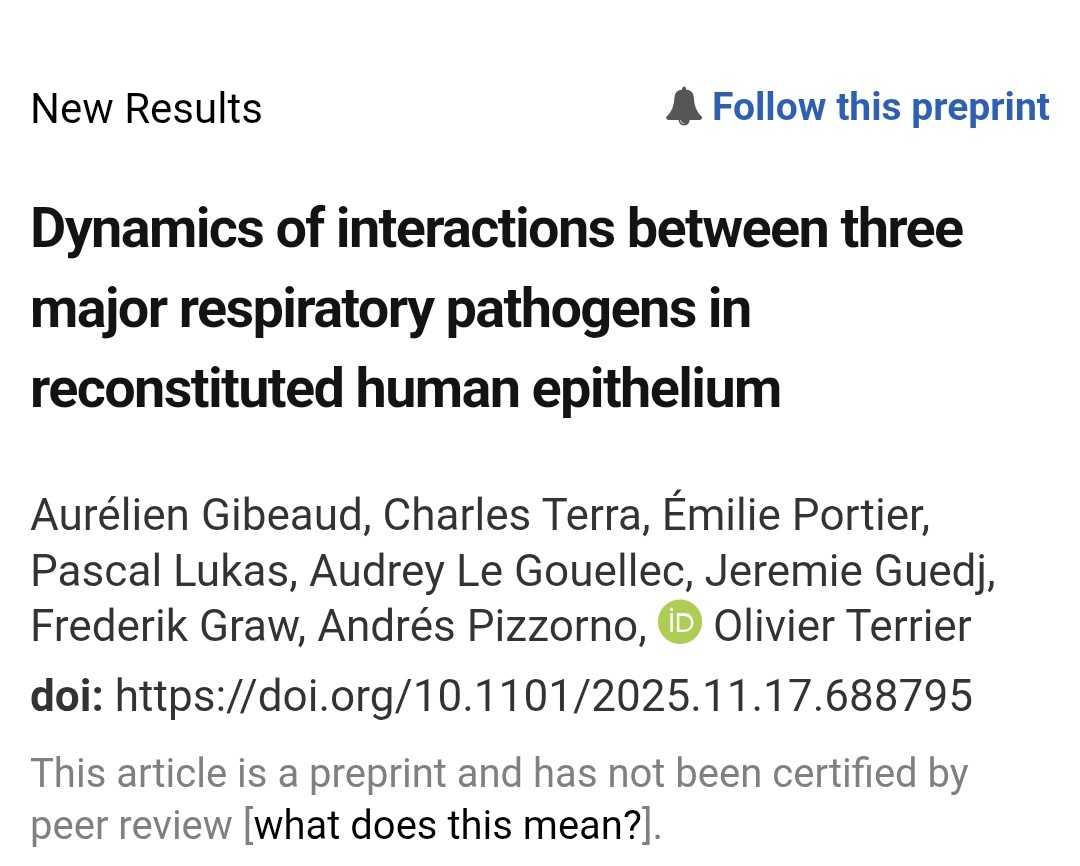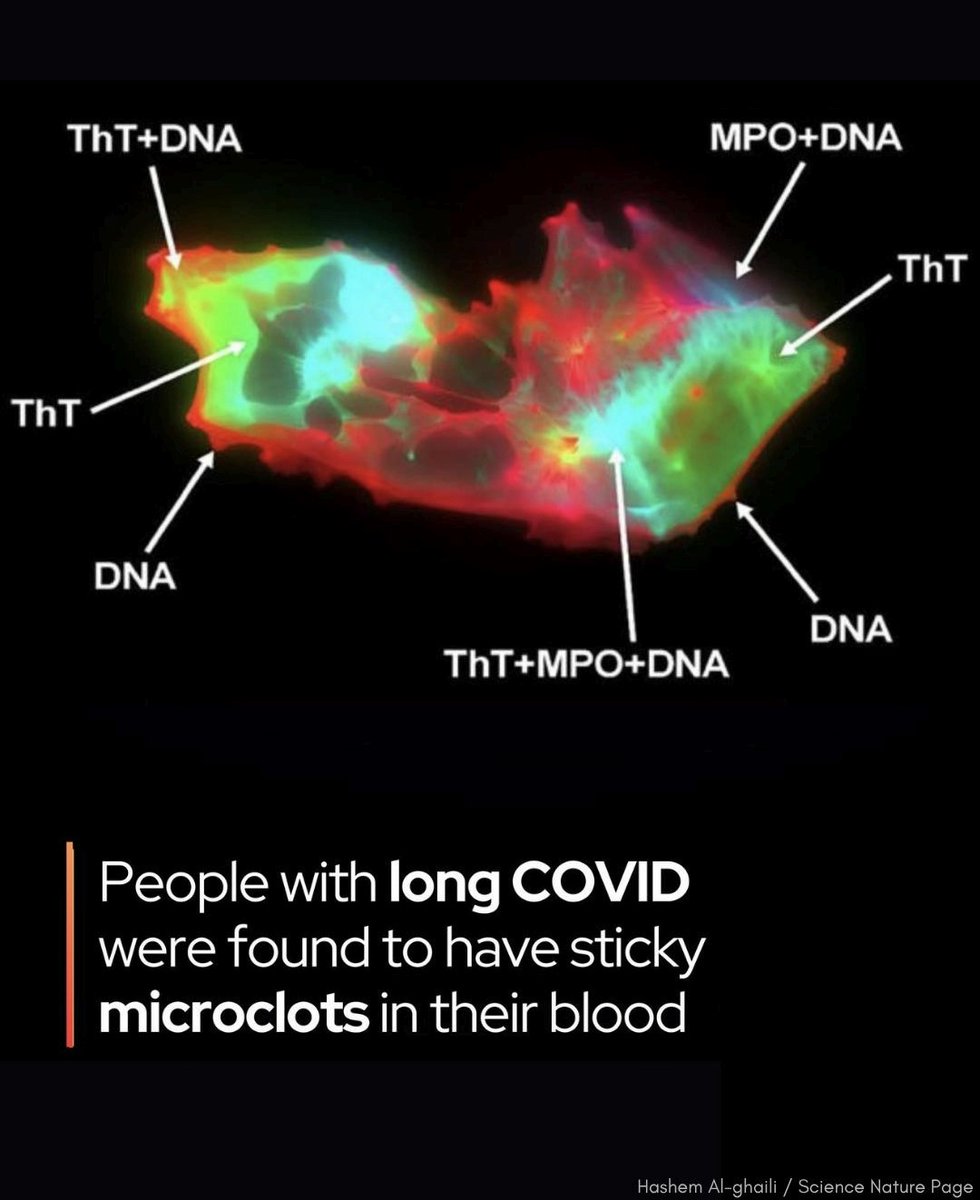𝘼𝙢𝙗𝙞𝙚𝙣𝙩 𝙘𝙖𝙧𝙗𝙤𝙣 𝙙𝙞𝙤𝙭𝙞𝙙𝙚 𝙘𝙤𝙣𝙘𝙚𝙣𝙩𝙧𝙖𝙩𝙞𝙤𝙣 𝙘𝙤𝙧𝙧𝙚𝙡𝙖𝙩𝙚𝙨 𝙬𝙞𝙩𝙝 𝙎𝘼𝙍𝙎-𝘾𝙤𝙑-2 𝙖𝙚𝙧𝙤𝙨𝙩𝙖𝙗𝙞𝙡𝙞𝙩𝙮 𝙖𝙣𝙙 𝙞𝙣𝙛𝙚𝙘𝙩𝙞𝙤𝙣 𝙧𝙞𝙨𝙠
H/t @inkblue01
nature.com/articles/s4146…

H/t @inkblue01
nature.com/articles/s4146…

2) The researchers studied how environmental factors like carbon dioxide (CO2) concentration and relative humidity affect the stability of SARS-CoV-2 in aerosols over time.
Using a new technique called CELEBS, they could precisely measure viral infectivity.
Using a new technique called CELEBS, they could precisely measure viral infectivity.

3) They found SARS-CoV-2 decay in aerosols has three phases - a lag phase, dynamic phase, and slow decay phase. The rates depend on virus properties and environment.
Increasing CO2 concentration from 500ppm to 800ppm significantly increased SARS-CoV-2 stability ...
Increasing CO2 concentration from 500ppm to 800ppm significantly increased SARS-CoV-2 stability ...

4) ...after 2 minutes, reducing decay. Higher CO2 inhibited pH rise that inactivates the virus.
The Omicron BA.2 variant was more stable than Delta, especially at high pH/alkaline conditions that simulate respiratory droplets.
The Omicron BA.2 variant was more stable than Delta, especially at high pH/alkaline conditions that simulate respiratory droplets.

5) Models estimated even moderate CO2 increases could roughly double COVID-19 transmission risk due to enhanced viral survivability indoors.
The findings suggest CO2 level is an important factor in aerosol transmission and should be considered ...
The findings suggest CO2 level is an important factor in aerosol transmission and should be considered ...

6) ...alongside other mitigation strategies like ventilation and masking. Increased atmospheric CO2 may impact future virus emergence and transmission.
Thanks for reading 🙏
Thanks for reading 🙏

• • •
Missing some Tweet in this thread? You can try to
force a refresh



















